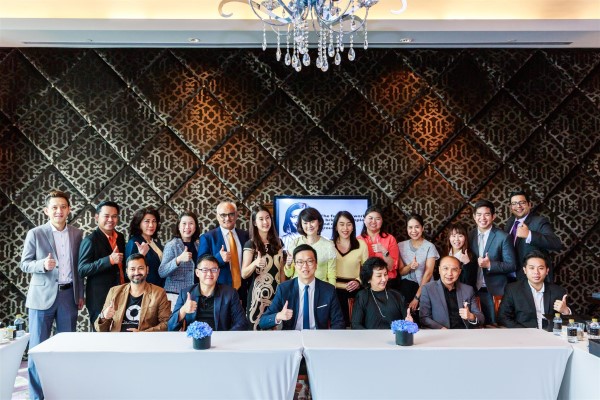
HRD invited 10 HR leaders from some of Thailand’s top companies to discuss HR transformation with the rise of technology

Technology is challenging the way we work today and HR plays a pivotal role in this digital transformation. How can HR effectively use technology to optimise existing frameworks while advancing to anticipate business needs?
At HRD Asia’s recent executive roundtable in Bangkok, Alight Solutions’ leader for HR transformation Advisory (Asia Pacific) Vikrant Khanna led the discussion by highlighting trends from Alight’s biggest APAC HR transformation survey and identifying ways to leverage technology to enable HR. From overcoming longstanding challenges to more recent progress, we learn how several organisations are on the way to becoming future-ready.
How is HR gearing up to deliver on the transformation agenda?
Vikrant Khanna, Leader, HR Transformation Advisory (Asia Pacific), Alight Solutions: One of the findings from our biggest transformation survey last year was that HR is putting a lot of effort into focusing on talent outcomes, building a capable HR organisation and ensuring frictionless service delivery and optimised technology stack. Yet, is HR equipped enough to move towards addressing these elements, and if so, are there examples that we can all learn from?
Siriporn Phuangmarayat, EVP, People Strategic Partner Function, Siam Commercial Bank: We are currently in the process of becoming more digitalised, so we are working towards reskilling our teams. For example, we have seminars held at our Siam Commercial Bank (SCB) Academy, so employees can develop skills to overcome changes in their role and in the business.
So, we go about our business as usual for our daily responsibilities while keeping focus on the needs of the future at SCB Academy – that way we are different. We rescheme our people and revisit the talent program. We also compile high potentials for primary succession.
We’re focusing on the people first. So while employees now may be working using traditional methods, one way to make our employees understand digitalisation and become more tech-savvy is to set up technological competencies and try to make it as a competency in the organisation. We’re not quite there yet, but definitely in progress.
Thitipol Thanapaet, Head of Human Resources, Krungsri Consumer Group: Putting in technology in the company such as process automation, headcount optimization, reskilling, and then redeployment to other areas are crucial during this disruption. Across the company, we are also applying new ways of working using design thinking, agile approach and start-ups – those kinds of ideas are coming along as well. We’re basically moving towards that direction because we know that’s the way to adapt.
How does HR’s transformation affect employee experience?
Shishir Bharti, Group Head People & Places, aCommerce: It goes back to retaining talent – how you can provide services that matter to the employee, given the benefits we offer. From past experiences, benefits such as medical insurance, transportation, and free food mattered, and we delivered on those needs. However, at aCommerce we introspect and asked our employees “What matters to them most, what they would like” and to our surprise what we <People team> were thinking versus “What our employees would like” were completely different. So based on the data we gathered, we’re customizing [our benefits] to fit every employee need and am certain that this step will helps us retain talent and make employee experience better.
We have partnered with a company to help us manage tailor-made benefits & also providing other essential services at discounted prices just because you are part of aCommerce.
Download the full roundtable special report here